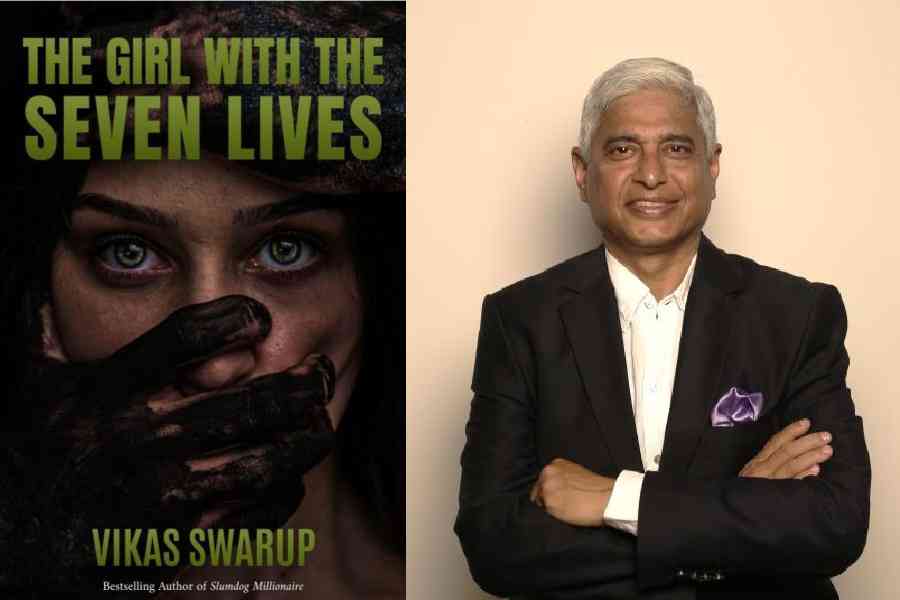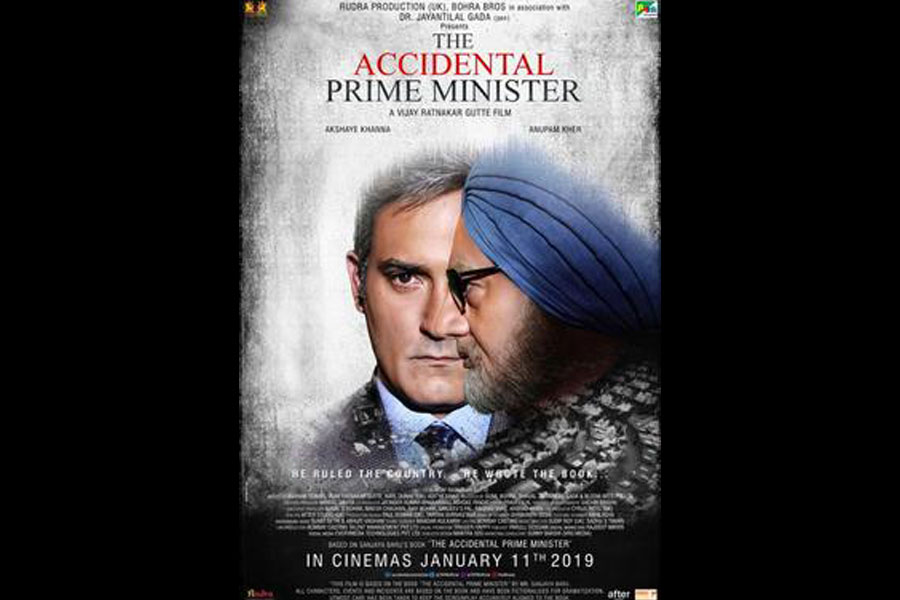Uncanny, gripping, and staggeringly coincidental. The readers are struck by surprise as they crack open the spine of The Girl with the Seven Lives. They immediately wonder about the timeliness of novelist Vikas Swarup’s new novel — so effective is the earliest vignette of once slum girl, protagonist Munni/Devi, a captive being threatened and tortured by a brutal goon who held her hostage.
“It was just like they show it in the movies. A black Scorpio drew up next to me and the door swung open. Two men jumped out, grabbed me from the pavement, bundled me into the backseat of the car,” states the narrator. Soon after, the first of her seven avatars begin, as Munni/Devi begins to bare all, as her gun-toting brutal hostage taker demands of her, that to stay alive for the present moment, she must tell her stories. The unique plot where the stories are used as auction objects to earn the hostage taker a huge cache of money, is what drives the engine of Swarup’s book.
According to the author: “Devi represents the strength and resilience that I see in the women of India today.”
What stays with the reader is Swarup’s compassion without maudlin sentiment, without glamourised, hagiographical representations of the arm-candy woman. He is able to universalise the poverty-stricken slum woman from Mumbai so that she has a global reach to women in Guatemala, Colombia, Argentina, Turkey or Gaza, who echo the spirit of the courageous and intelligent woman who is self-reliant and hardworking.
Named Munni/Devi, born to Dalit parents who left their sliver of a farm to come to Mumbai to realise their get-rich dreams, she has the most dehumanised existence living in poverty in a slum. The brush of reality with which he paints the ‘untouchable’ family’s abjectness of sloshing in open drains and sewer water is an art the wordsmith Swarup has mastered. The quality of mercy that is so completely lacking among the rich who live in gated communities is an opulent and ostentatious contrast to the hapless, hungry, helpless existence that is Munni/Devi’s daily grind. Swarup has effectively recreated the horror of loss, separation and pummelling terror that a homeless girl child must face in the hands of the rich and the powerful, in a city like Mumbai.
If Swarup began his apprenticeship with meticulous portraiture of the uncaring rich and spirited poor in Slumdog Millionaire, he seems to have hit his stride most effectively with The Girl with the Seven Lives. There are three thoughts that strike the reader in the Prologue and the first chapter, Devi. First, Swarup has worked hard to artfully conceptualise and then mould his protagonist with aplomb, as a cheeky, irreverent and courageous girl who would be the pride of feminists like Julia Kristeva, Mahasweta Devi and Judith Butler because Devi, true to her name, creates herself to battle the asuras that have left her with no family. She is a work in progress for herself and as the great African American theorist Stuart Hall says, ‘is a proof of how identity is not about being (and static) but becoming (mobile)’. A girl who has no money as she is left orphaned with police brutality (apparently) killing Devi’s brother Rajinder, who showed promise and acumen to have a better life, and eventually leading to the death of her parents.
Second, Swarup builds a character who is mostly believable because she shows decency, grit and enterprise. When Devi’s family is wiped out in the slum, she is nine years old, and she realises she will not be offered any aid from the other slum dwellers so she hardens herself and puts the trauma of loss of her mother, father and brothers aside to earn a living as a beggar. Being a street person and a homeless individual, she learns what lessons life teaches her — how to share and respect other hoodlums and drug pushers and hustlers’ territory, how to keep the peace and be attentive and watchful. Swarup is careful to never make her a fantasy figure. Even as a beggar girl, Devi is real and suggests that survival needs intelligence and empathy.
The third thought that struck this reviewer is that Swarup, in this narrative, offers an excellent, lucid and chronological writing style. There is no cyclical time here that smudges the past and the present. The grip the story has on the reader comes from Swarup’s straight storytelling technique that is easy to follow. Some readers might be reminded of Elif Shafak’s novel 10 Minutes and 38 Seconds and tales from the Arabian Nights with a delectable smattering of irony and trenchant though memorable humour — “A tattoo is for ever but caste is not.”
What Swarup achieves as a storyteller by constructing seven versions of lived experience by Devi/Munni in Deepa, Deeba, Dasmeet, Deepthi, Diana and Dolly, is innovative and impressive. By making Munni recount the stories of her many lives, there is a certain resurrection of the mythology of the Devi in the 7th Century Devi Mahatmya of Indic scriptures. This modern-day feisty, powerful and battlefield Goddess is a clever representation of the contemporary 21st Century woman who must deploy all her intelligence, might and even guile to thwart misogyny and male domination.











